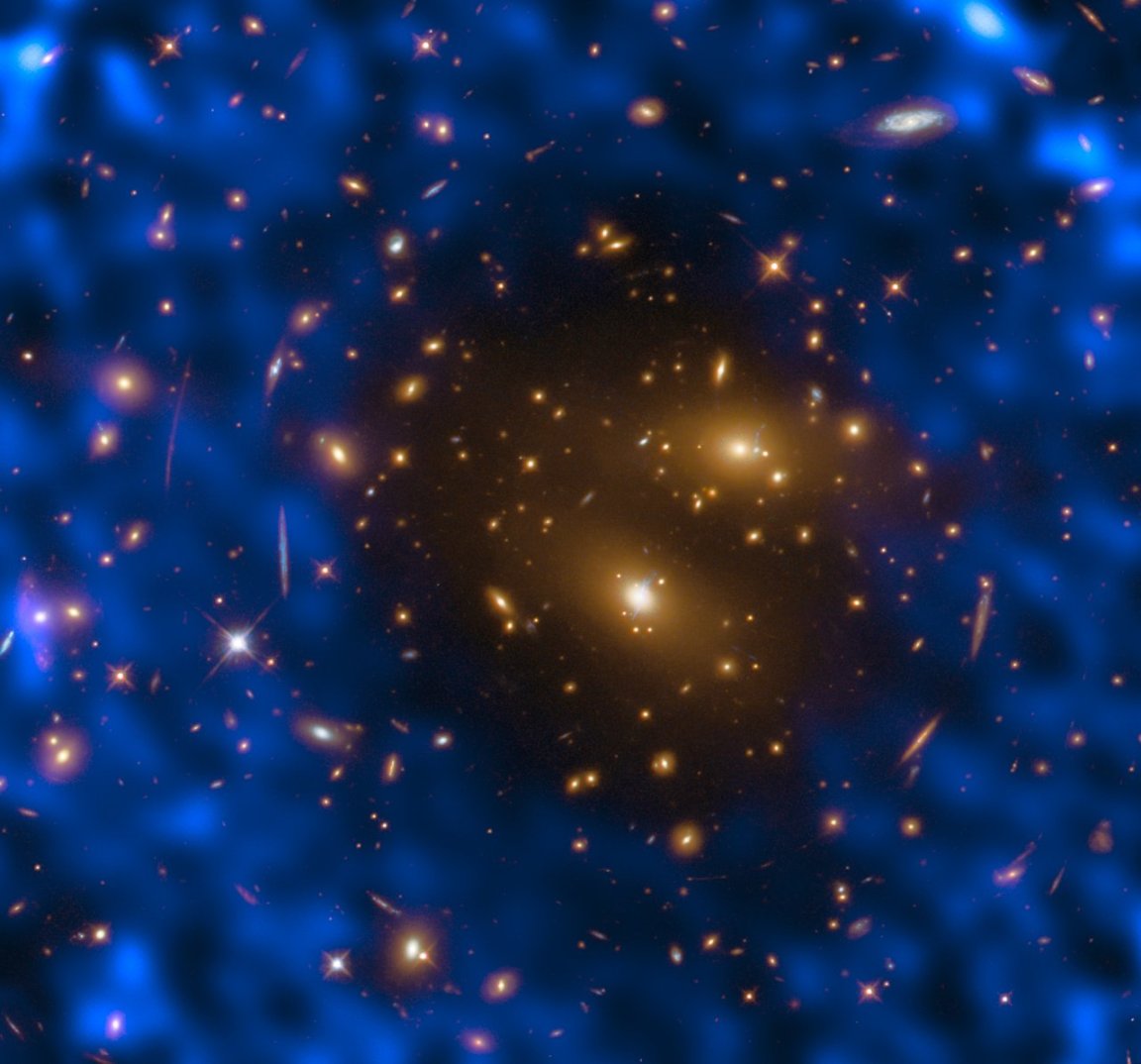
Galaxy Formation
Galaxies started out low-mass and tiny, busy forming stars. At least, that’s what we thought until astronomers spotted an inactive galaxy dubbed ZF-COSMOS-20115.
Just 1.7 billion years after the universe formed, ZF-COSMOS-20115 was already a quiescent, or “red and dead,” galaxy. It was five times bigger than the Milky Way is currently with all that mass condensed into an area that’s 12 times smaller than our galaxy’s current size. It had long finished its peak star formation, and no one can explain how that could possibly be.
[infographic postid=”37832″][/infographic]
“This huge galaxy formed like a firecracker in less than 100 million years, right at the start of cosmic history,” lead researcher Karl Glazebrook from Swinburne University of Technology in Australia said in a university news release. “It quickly made a monstrous object, then just as suddenly it quenched and turned itself off. As to how it did this we can only speculate. This fast life and death so early in the Universe is not predicted by our modern galaxy formation theories.”
The team discovered the galaxy using the giant W M Keck telescopes located in Hawaii, and their research is published in Nature.
Red and Dead
Based on existing models, we assume our own galaxy, the Milky Way, was a “messy little dwarf galaxy with just 1/50th of its mass today” 1.7 billion years after the Big Bang, but the discovery of ZF-COSMOS-20115 challenges our long-held galaxy evolution models. Granted, the galaxy’s discovery has to be verified by other scientific teams, but if it is, we might be forced to completely rethink our understanding of how galaxies form.
“This discovery sets a new record for the earliest massive red galaxy,” explained Glazebrook. “It is an incredibly rare find that poses a new challenge to galaxy evolution models to accommodate the existence of such galaxies much earlier in the Universe.”

The next step is to follow up on these new observations with a sub-millimeter wave telescope. “Sub-millimetre waves are emitted by the hot dust which blocks other light and will tell us when these firecrackers exploded and how big a role they played in developing the primordial universe,” explained team member Corentin Schreiber from Leiden University. The James Webb Space Telescope, which is due to launch in 2018, should be up to the task.